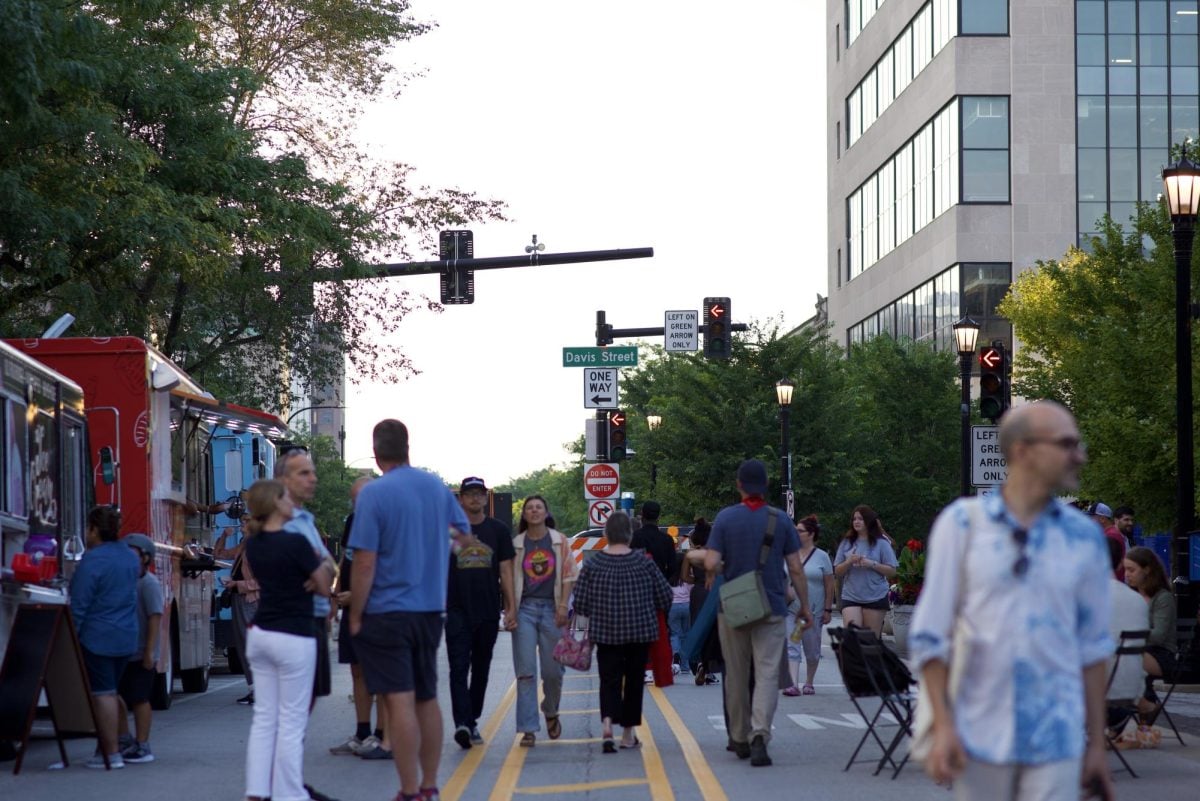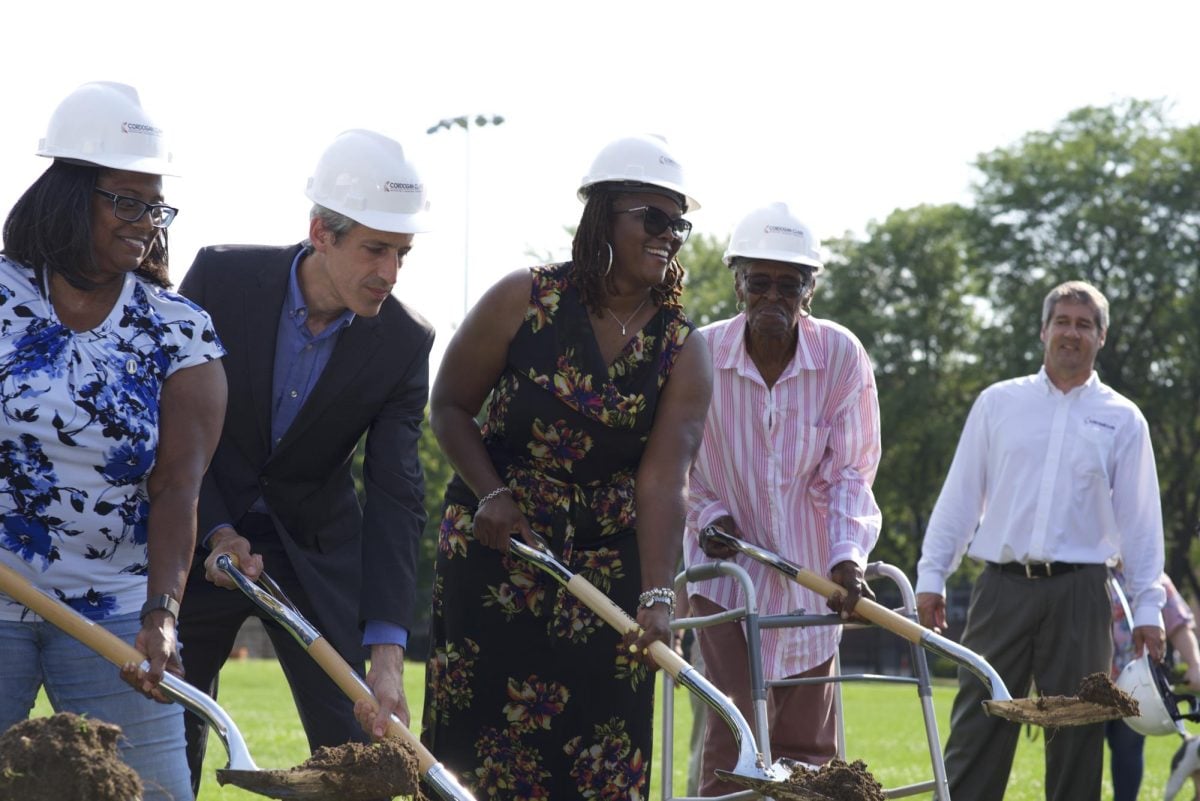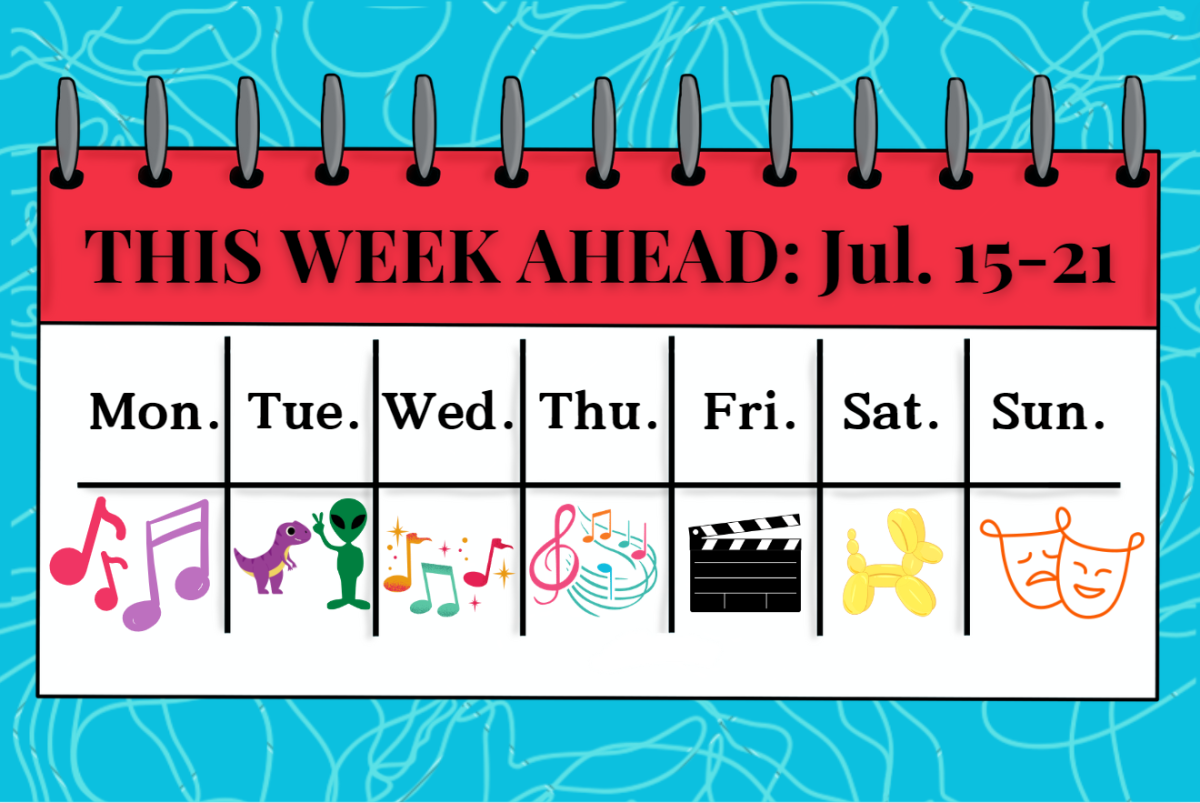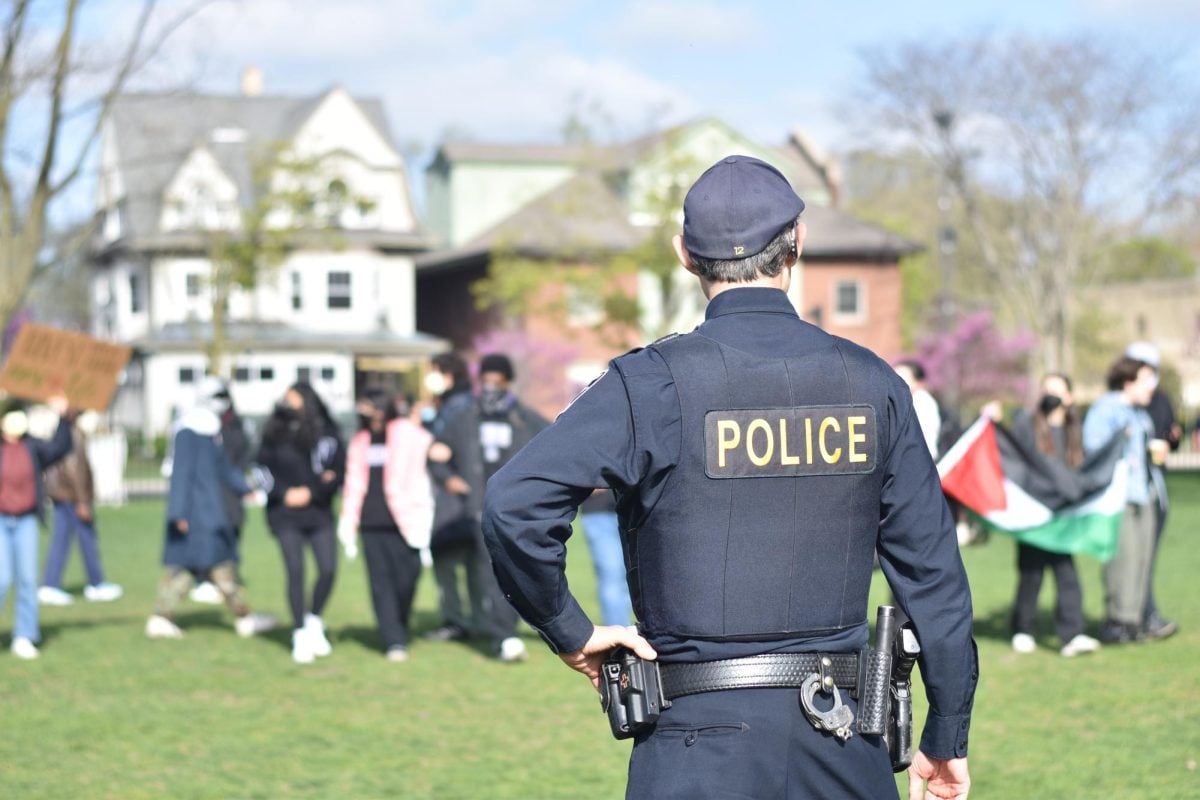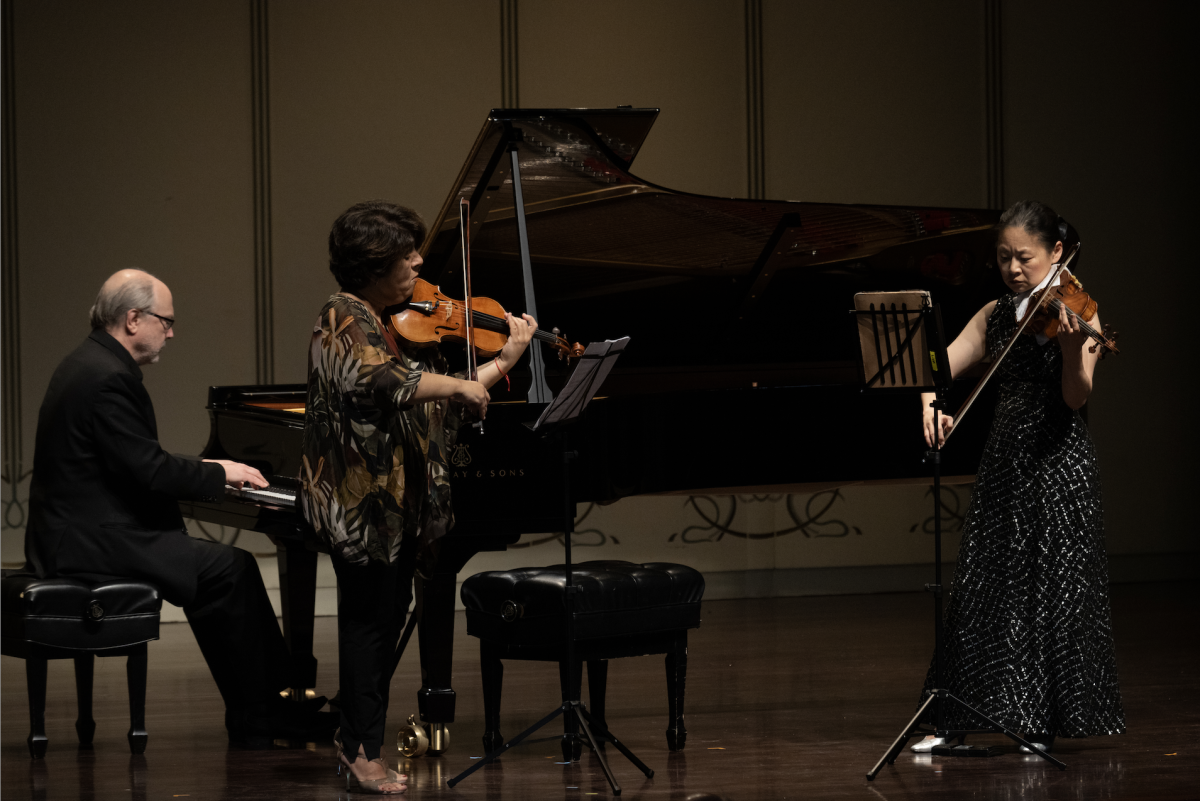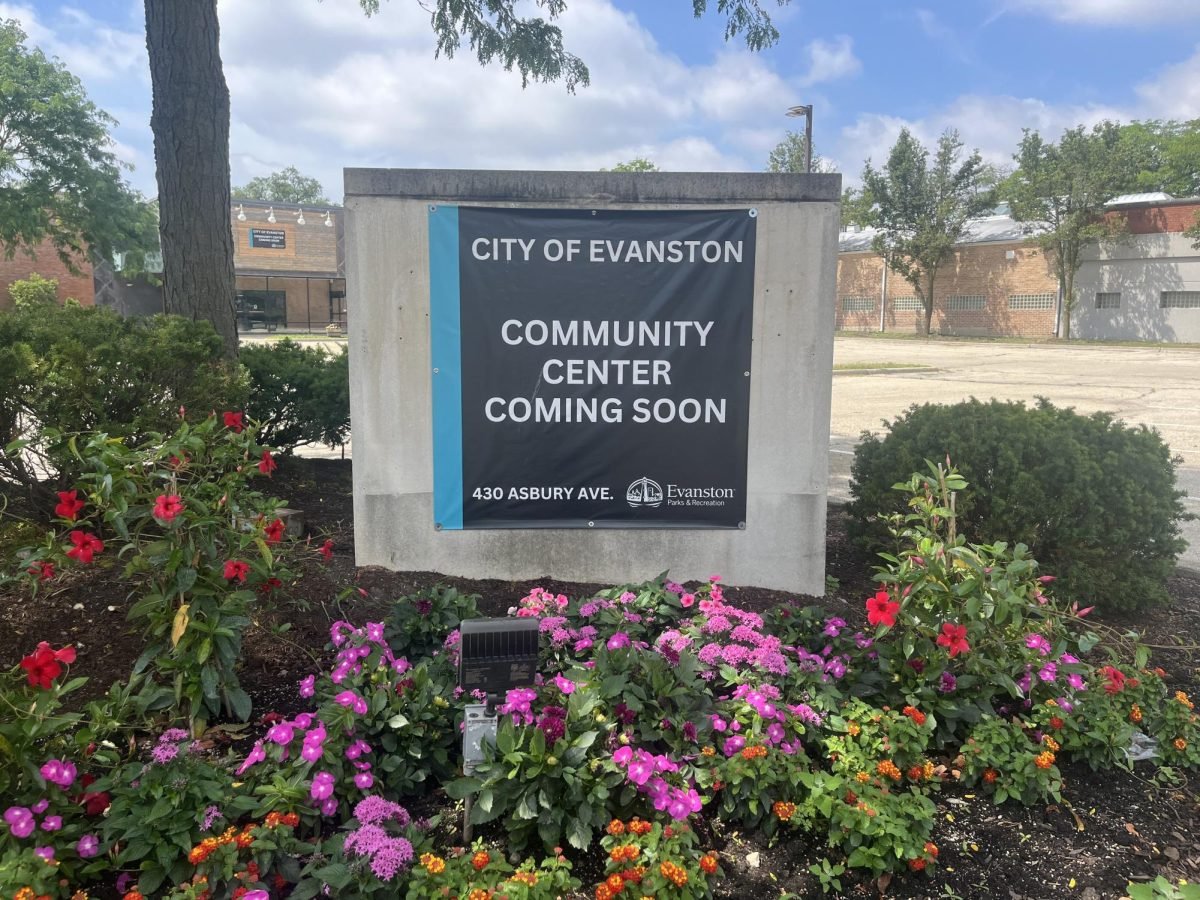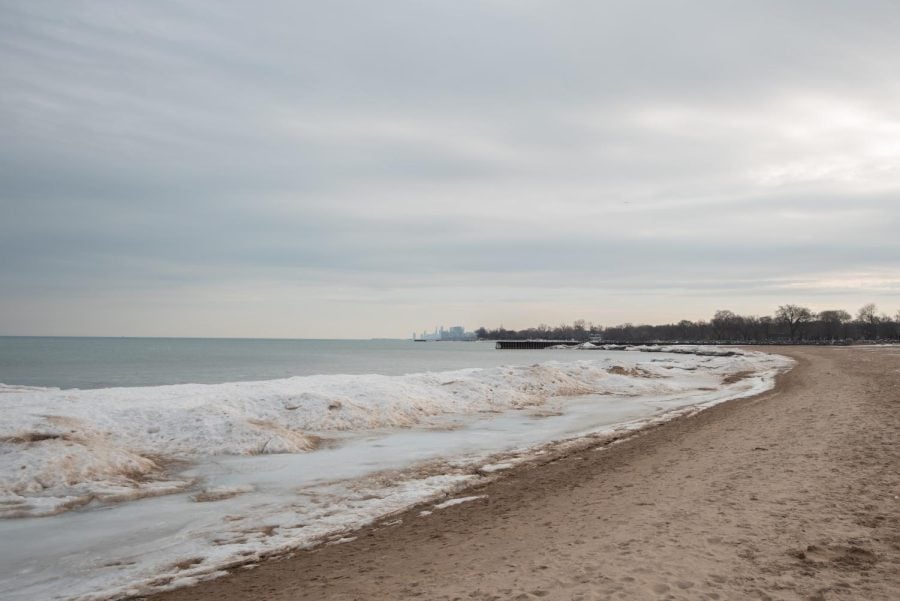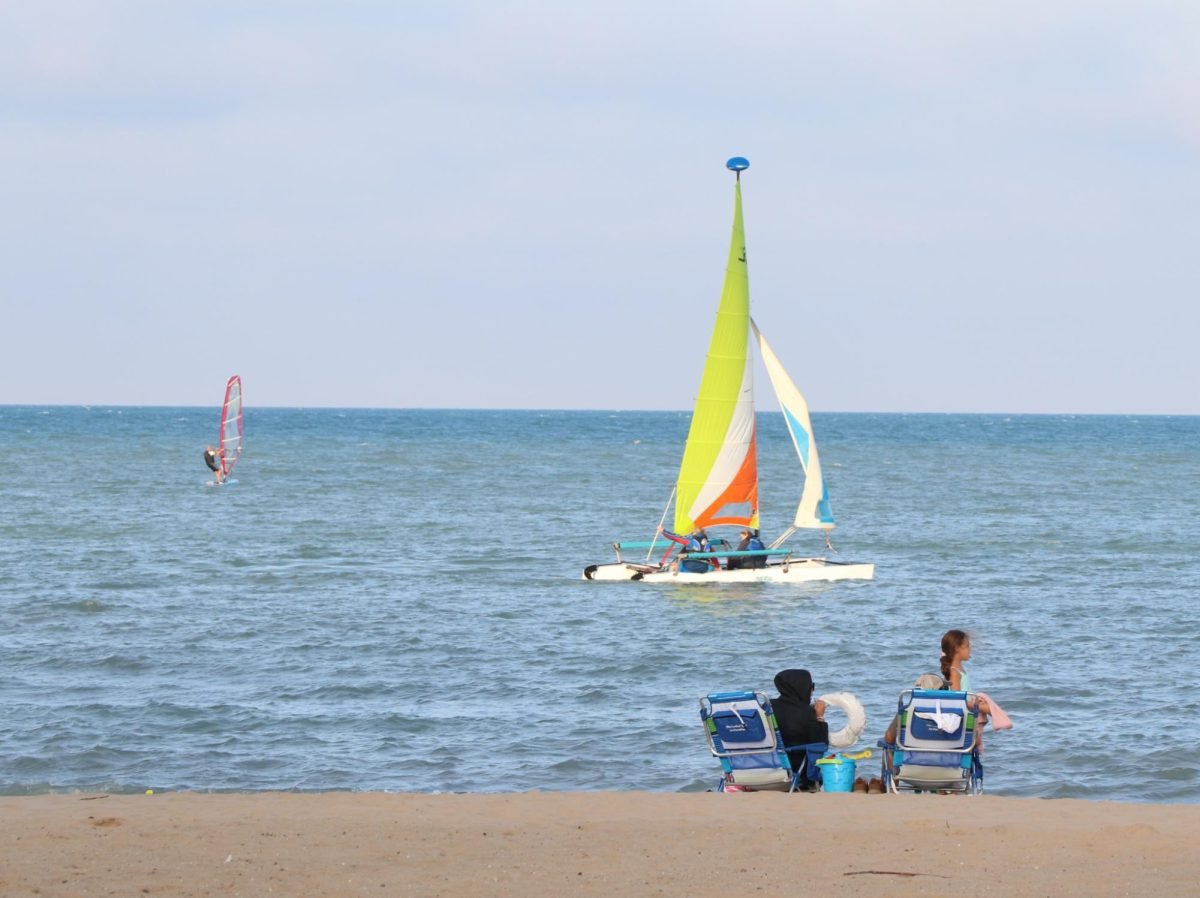Content warning: This article has mentions of suicidal ideation.
The 988 Suicide & Crisis Lifeline, formerly known as the National Suicide Prevention Lifeline, launched nationally in July 2022 as an alternative to 911 for those experiencing mental health crises.
Advocates have pushed for more widespread education on mental health services and an additional operator serving the city of Chicago. There are six dedicated 988 lifeline crisis centers in Illinois, mostly clustered in the northern part of the state. A seventh line, operated by NAMI Chicago, will start serving several Chicago zip codes next month –– according to Rep. Lindsey LaPointe (D-Chicago).
But full implementation of the hotline lags behind, as it faces a lack of sustainable funding and greater community awareness.
“What we haven’t done is identified a sustainable funding stream (for the hotline) yet,” LaPointe said. “In this context, sustainable means we don’t have to fight for it in the budget every year.”
‘They don’t know the service exists’: Issues with implementation
One of the main goals of the hotline is to decrease involvement of law enforcement in mental health crises when public safety is not at risk.
However, Evanston Police Department Cmdr. Ryan Glew said it’s unclear whether the department has fielded fewer mental health crises-related calls after the hotline’s implementation. If there has been an impact, Glew said he hasn’t seen it.
Gov. J.B. Pritzker signed the Community Emergency Services and Supports Act into law in 2021, requiring 911 providers to reroute mental health calls to 988 professionals when applicable.
EPD still does not have procedures on how to transfer 911 calls to 988 lifeline crisis centers, because these protocols have not been implemented at the state level, Glew said.
He said the state was supposed to release protocols and procedures that allow public safety agencies to direct calls to the lifeline when applicable in July, but that timeline has been postponed a year.
LaPointe said she has some concerns about a lack of unified planning for CESSA implementation.
Instead of 988 centers, the EPD leverages its relationship with Trilogy Behavioral Healthcare, a Chicago-based mental health nonprofit that sends its First-response Alternative Crisis Team to resolve crises in the North Shore.
While Trilogy does not directly receive 988 calls, but is contacted by EPD, nonprofit Pilsen Wellness Center Inc. is one of several grantees in the 590 Crisis Care System that responds directly to calls. A program that trains nonprofits to receive direct calls from the hotline.
However, the center’s 590 Program supervisor Felipe Reyes said the majority of crisis calls originate from the center’s in-house hotline. The center has only handled 30 calls from 988 since around February 2022, he said, despite receiving training for referral calls starting in late 2021.
A potential barrier to access, Reyes said, is a lack of multilingual advertising. In his experience serving multicultural communities, he said people who do not speak English are largely unaware of the hotline.
“We also cover Chinatown, and we haven’t received one call from Chinatown,” Reyes said. “I’m pretty sure they don’t know the service exists.”
Callers who are new to the area or the country may be redirected to other states, Reyes said. Since the hotline has filters based on the caller’s area code, Reyes said he’s seen Chicago-based users with a non-Chicago area code be redirected out of state because of their phone numbers. The issue has not been resolved, he said.
According to data collected by Kaiser Family Foundation, 23,083 calls to the hotline came from Illinois between April and May 2023. 86.2% were answered by crisis centers in the state, but 13.8% — about 3,139 callers — were redirected to other states.
Working toward a sustainable solution
Some states like California and Nevada with in-state response rates of over 90% have instituted telecom fees to fund the hotline, similar to how 911 is funded nationally.
“Let’s make a little more progress with the system that we have now before we talk about a sustainable funding stream, because we want to show people that (the hotline is) off the ground, it’s working,” LaPointe said.
Sen. Laura Fine (D-Glenview) said the state’s 988 Suicide and Crisis Lifeline Task Force plans to release a report addressing potential funding sources for 988 lifeline in Illinois.
The task force was formed in February through an act introduced by Fine, which requires the group to develop an action plan to be introduced to the Governor and the General Assembly by the end of the year.
“What we’re trying to do with the task force is figure out how we make this work statewide, because there’s no one-size-fits-all solution,” she said.
Fine said addressing resource disparities between the northern and southern parts of the state is also a necessary step in fully implementing the hotline.
She said the mental health industry is experiencing labor shortages and high numbers of burnout — another challenge to fully staffing crisis centers.
“It’s great to have a number to dial, but if nothing happens when you dial that number, then what’s the point?” Fine said.
Despite the challenges, Fine said the service is getting stronger year by year. She said answers to unresolved questions will come with time.
Similarly, Reyes acknowledged that the program was relatively new, and that lately, the hotline referral calls to the center have been smoother.
“This program has really worked for bringing mental health and crisis management services to people that are generally underserved,” he said. “Not only in the area we serve, but in general.”
Email: [email protected]
Twitter: @beatricedvilla
Related Stories:
— After 988’s launch, advocates say local mental health response systems still have a ways to go
— First-response Alternative Crisis Team provides mental health support to people in crisis
— LEAP study recommends Evanston establish community responder program












